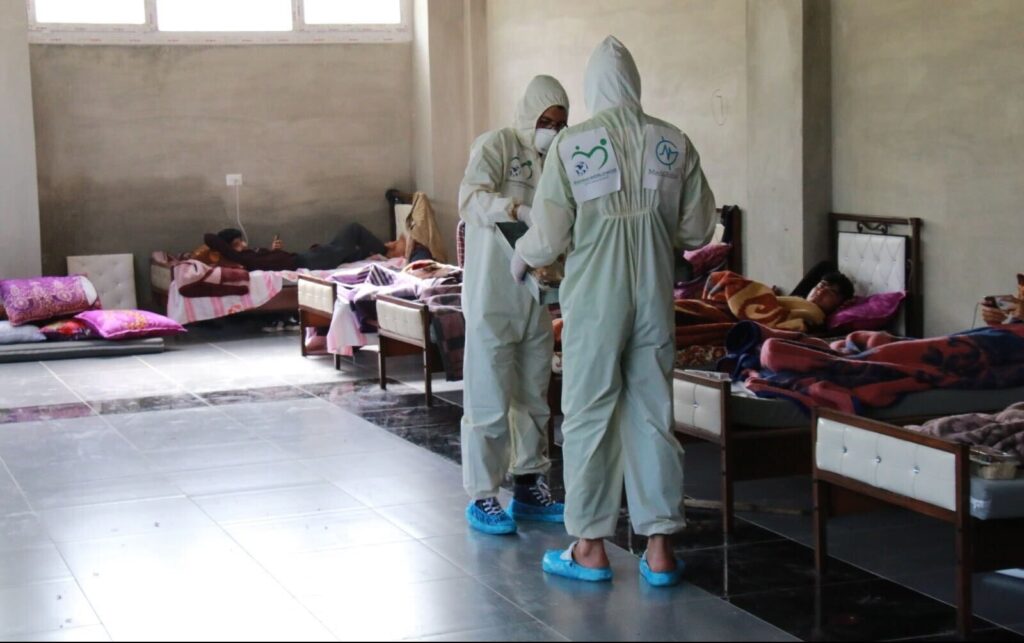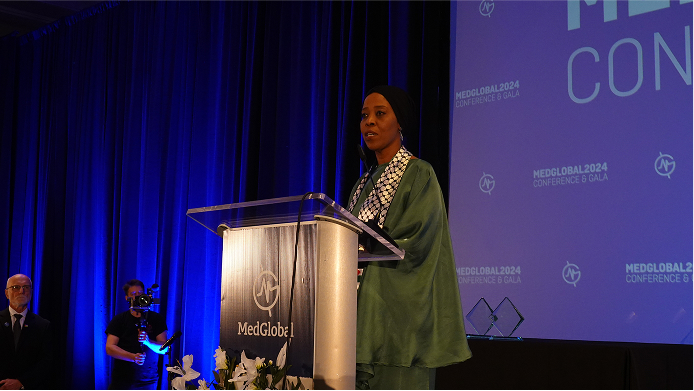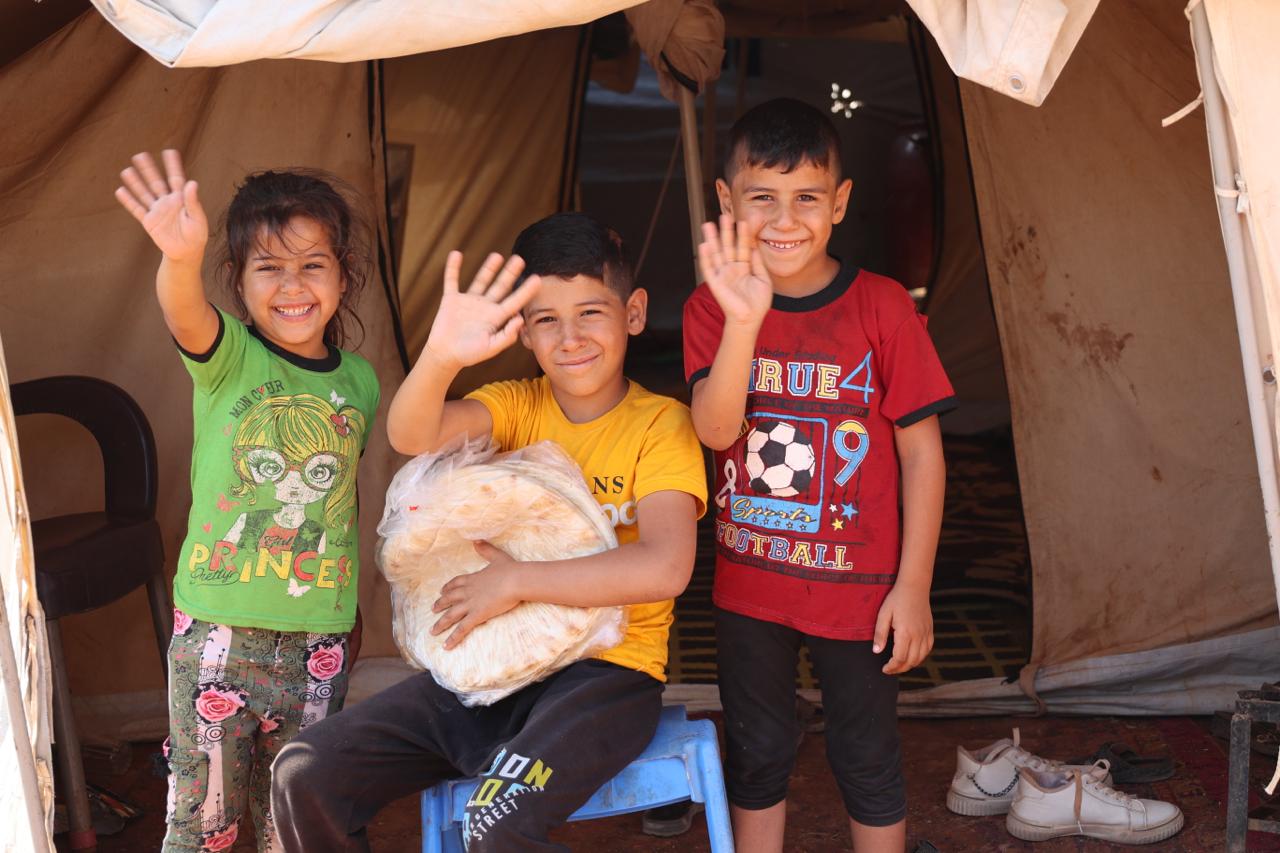Updates & Press
Featured | March 11, 2021
Challenges to COVID-19 Vaccination in Syria
Author | MedGlobalComms

By Andrew Moran, MedGlobal Policy & Advocacy Intern.
On March 15, the humanitarian crisis in Syria will enter its eleventh year. A decade of violence and devastation in Syria has led to the deaths of hundreds of thousands of Syrians and engendered the largest refugee crisis in the world. More than 5.6 million people have fled Syria, including 70% of the country’s health workers. Among those that remain, 6.6 million Syrians are internally displaced. The destruction of infrastructure and interruption of services across the country has exacerbated the humanitarian crisis and now 13.1 million people are in need of some form of aid.
The outbreak of COVID-19 across Syria has created new challenges and put additional strain on health systems that have reached their breaking points. Half of all health infrastructure in Syria has been damaged or destroyed from the conflict which, when combined with mass displacement, limited testing capacity, and lack of coordination among local authorities, has hindered efforts to contain the spread of the virus. Though the actual number of COVID-19 cases in Syria is likely significantly greater than official figures suggest, each region has reported evidence of widespread community transmission:
- Total Confirmed Cases in Government-Held Areas: 15,981 (Mar 8)
- Total Confirmed Cases in Northwest: 21,214 (Mar 10)
- Total Confirmed Cases in Northeast: 8,689 (Mar 8)
Northwest Syria, the region with the most confirmed cases and a positive testing rate of 28%, has only nine hospitals equipped to handle COVID-19 patients. Between them, the northwest has the combined capacity of only 212 ICU beds and 162 ventilators for a population of more than four million people. In response to the health crisis, MedGlobal has worked with partners to distribute tens of thousands of personal protective equipment items and personal hygiene kits to health workers and people in need. MedGlobal has also provided 200 oxygen concentrators and 100 CPAP and BIPAP machines to health facilities and built critical health infrastructure, including two industrial oxygen generators in Idlib and Darkoush.
Syria is expected to receive its initial supply of vaccines in April through the COVAX program, enough to cover 3% of the population. The Syrian government, which will control the national distribution of vaccines, has not clarified whether it will include certain areas, such as those not under its direct control, in its vaccination plan. Concerns over vaccine access have led local authorities in northwest Syria to submit their own formal request to COVAX for a direct supply of vaccines. According to the self-styled regional government, the WHO will provide 1.7 million doses of AstraZeneca vaccine to the northwest starting in late March. Unlike the northwest, which continues to have access to aid through a UN sanctioned border crossing, the northeast is entirely dependent on the Syrian government for aid delivery. The northeast has no mechanism for receiving vaccines in the event that the government decides to delay or halt vaccine delivery.
Access to vaccines is critical, but technical, logistical, and social challenges may prevent successful implementation of vaccination campaigns. Many areas of Syria lack the necessary equipment and continuous access to electricity required for storing certain types of COVID-19 vaccines. In the northwest, where half the population is displaced, identifying and reaching individuals from priority groups and following up with a second dose in three to four weeks will be difficult. Many displaced Syrians lack formal identification and repeat displacement events, such as the massive flooding that affected more than 67,000 IDPs in January, will complicate tracking efforts. Combating widespread misinformation and entrenched stigmas surrounding COVID-19 and vaccines is also necessary for people to participate in vaccination campaigns. In preparation for the arrival of vaccines, local and international health organizations are working together to set up 93 vaccine distribution centers and mobile units in northwest Syria. While this is critical for building capacity, overcoming the other challenges and ensuring the safety of health workers will ultimately require greater support for the northwest, and the rest of Syria, to achieve herd immunity and overcome the COVID-19 crisis.


